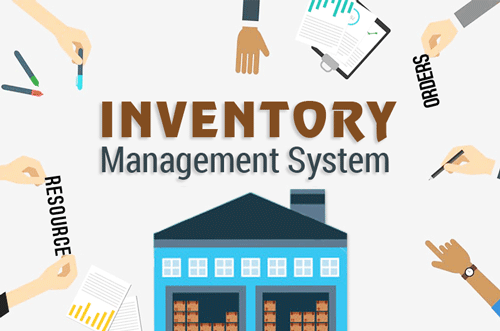How to manage inventories
‘Inventory Management is stock management’.The discipline carryout stocks.
Meaning of inventory
Inventory is a list of tangible materials and goods that carry economic value and detains in variant forms by the firm, business or the companies. It is the finest asset for business retained for an optimum goal of resale. Inventory is a tag for goods which are ready for sale and raw material utilization to manufacture goods that are the sale.
Types of inventories
- raw materials
- Equipment and tools
- transported items
- finished goods
- purchased supplies and parts
Inventory Management
Inventory management is the management of raw material, equipment and tools, transported items, finished goods and purchased supplies and parts. Management that administers the flow of stocks from all the levels of management to the point of sale. It is a dynamic method to discover how much stock has kept for the sake of production demand. The management will be capable of supplying exact quantities to the right place at competing prices.

Elements for managing the inventories
The management of inventories demands continues and attentive analysis of external and internal factors. For controlling the inventory management some of the elements are involved.
- Controlling the amount of sale and purchase of the product.
- The storage of inventory in the firms and business.
- out looking ordering inventory for sale purposes.
- Balancing the flow of inventory.
Objectives of managing the inventories
Inventory management is a backbone for the enterprise, business and organisation operations. They set objectives to accomplish their target successfully.
- Constant supply for successive production procedure.
- Initiate new scientific technology techniques for smooth functioning.
- Minimise the losses and wastage of inventories.
- Decrease the cost value of inventories for purchase.
- Balancing inventories is essential. Shortage or excessive inventories will lead to waste of money. It is a loss factor for the company.
Structure for managing the inventories
A structure of management to carry out the inventories for the different operations.
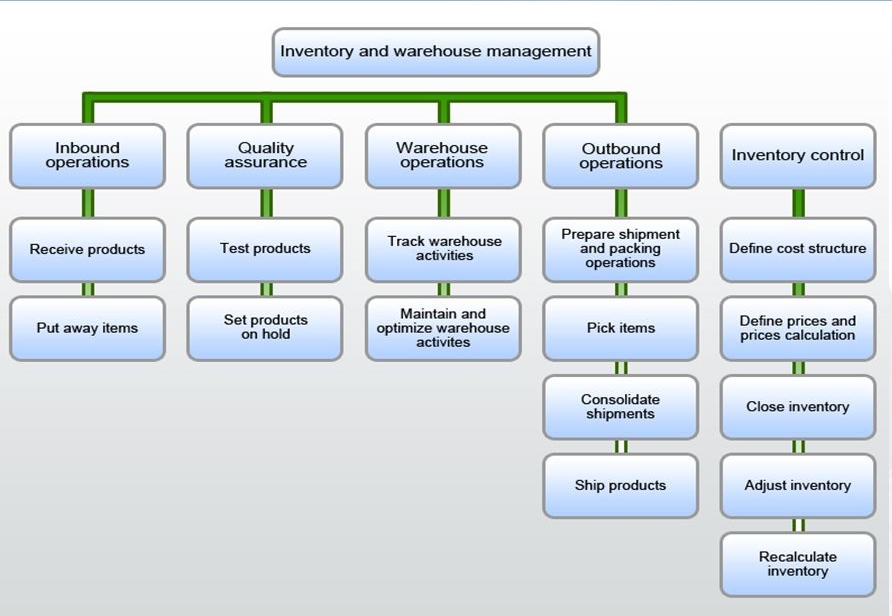
Types of inventory management
Management has a variant system that follows in a different manner by operations.T here are many types of the inventory system.
- Continuous Inventory Management
In this kind of management system data of inventory proportions and availability is revised in continuous series for the functioning of different operations in business. For the smooth working of this management, there should be a great interlinking between order entries, inventory system, sale system and retailing. The outcome of interlinking in inventory books will be exactly the same as the real inventory.
- Bar -code Inventory Management
A computerised form of management that comprises of hardware that scan and print with bar-code scanning. An attentive part is a bar-code software runs on the mobiles phone and computer system permit bar-code scanning for other operations as well.
- Periodic Inventory Management
A Non-effort management system where the records of cost inventory proportions revised at the end of the year. The number of goods sold in a year will be revised in shortcut figures and facts. The tangible calculations regulate the amount of inventory by glancing in the balance sheet.
Importance
- Assists in keeping a trade out of ordering costs value and carrying costs value which calculate the reduced total cost value of inventory.
- Eases the maintenance of sales operations and appropriate inventory for easy production.
- Refrains from the out of stock issues.
- Advice the genuine inventory control system to be enforced by operations to stay away from losses.
Challenges in Management of inventories
Inventory management has changed with upgraded technology with time. The finest change and challenge for inventory management is the GST ( Goods & Service Tax). GST Registration Process need to be fulfilled for the sale and purchase of goods and raw material and the management focus of this taxation before supplying goods. The GST Return is also compulsory as it comprising detailed information of income which a taxpayer is obligated to file with the tax regulatory authorities and to determine tax liability. The inventory management keeps stock of goods for with purpose to supply constant production.
Techniques for Management of inventories
- VED Analysis
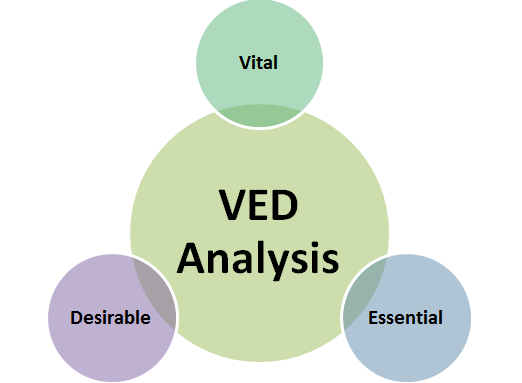
In VED analysis V stands for Vital, E stands for Essential and D stands for desirable items. The goods and stock classified on the basis of the degree of quality. As in they are vital, essential in orderable and desirable for the production process. On the basis of this raw materials and goods are sale and purchase.
- ABC Analysis
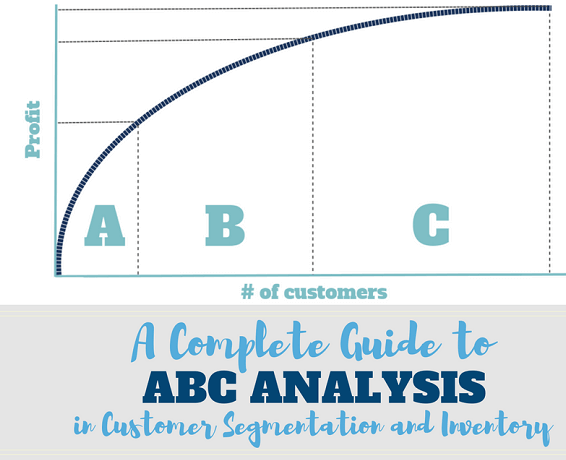
ABC Analysis of requires a system that directs the inventory. This analysis utilizes raw materials in the production process and distribution management. It is well known by SIC(selective inventory control).
- EQR Model
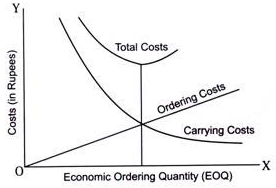
EOQ Model refers to economic order quantity. It reduces the amount of total inventory ordering cost and holds on costs. This model helps in out looking the order quantity. It is the traditional production model system.
Conclusion
Inventory management is directing and supervising of operations assets. The prime aim is to keep inventory levels synchronised and equitable every time without any shortage or excess stocks. Managing the orders, calculating and storage of stocks with finest quality and amounts is the role of inventory management.
For further more information related to GST Registration and GST Software, You can visit our website: LegalRaasta. Our experts will file your registration form and submit it to lessen your burden. All you need to call us at 8750008585 and feel free to send your query on Email: contact@legalraasta.com
Related articles

